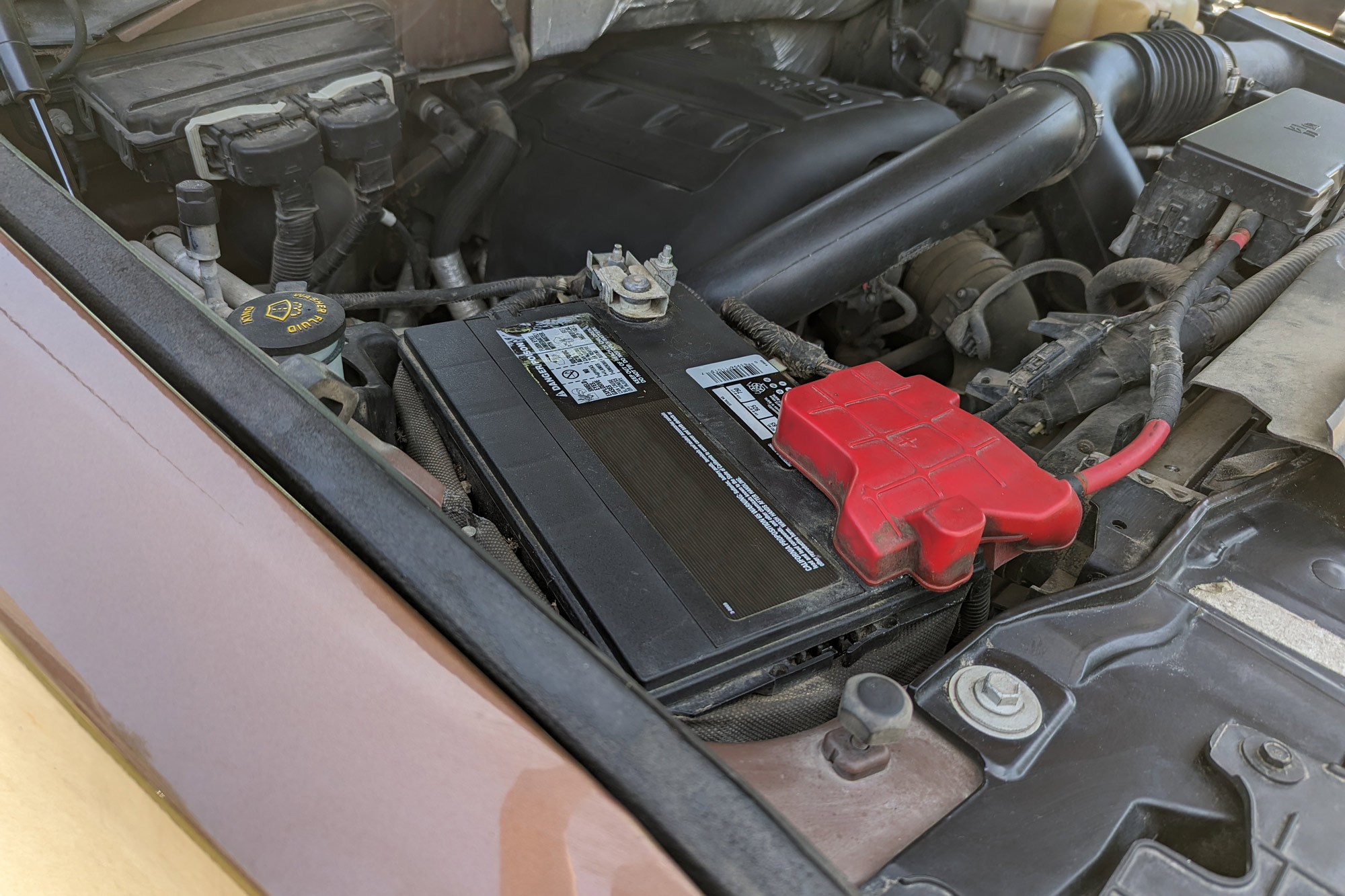12-Volt Car Batteries: What You Should Know
From what to do when a battery dies to the types of batteries available, here is what you should know.
 Austin Lott | Capital One
Austin Lott | Capital One
Widely used in cars since the 1950s, the 12-volt car battery is a crucial part that helps start the engine and ensures the electrical system works as it should. Today 12-volt batteries are maintenance-free and relatively simple, but they're wear-and-tear components that usually need to be replaced after about four years of use. Whether a dead battery just left you stranded or you're looking to replace it preemptively, our guide will help you get back on the road.
What Does a Car Battery Do?
Simply put, a 12-volt battery gets your engine going and helps keep it running. Its main role is to start the car. When you push the ignition button or turn the ignition key, the electricity stored in the battery zaps the starter motor into motion. This explains why you can't start a car with a weak or dead battery.
Once the engine starts, the electricity generated by the belt-driven alternator keeps the battery charged. A voltage regulator often integrated into the alternator ensures the correct amount of power runs through the car's electrical circuit. At this point, the battery's job isn't done. The battery also protects the various electrical components by absorbing voltage spikes and provides electricity when the alternator can't keep up.
What to Do When Your Car Battery Is Dead
In the best-case scenario, warning signs — such as an engine that cranks slowly — alert you that your car's battery is getting close to the end of its life cycle. In the worst-case scenario, the battery dies without warning, stranding you. Note that the battery isn't always to blame if the car doesn't start. The problem could stem from a number of maladies. If the engine turns but doesn't fire up, or if it starts and dies, the issue isn't related to the battery.
There are several ways to overcome a dead battery and get back on the road, though these are temporary fixes: namely, jumper cables or a battery jump starter or jump pack. When using jumper cables, jump-starting from a car with a good battery sends enough electricity to the other vehicle's dead battery to start its engine. If you're using a jump-starter, switch it on and start the car. This isn't a permanent repair, and you'll likely have to jump-start your vehicle until you find and fix the problem.
How to Choose a New Battery
If your current car's battery is dead and it's time to purchase a new one, you'll find they come in many shapes and sizes. Here are the three main types of car batteries you will likely find in an auto parts store:
- Lead-acid: Lead-acid batteries are the most common type of car batteries. Normally sealed for life, they use a series of flat lead plates immersed in an electrolyte solution to produce voltage.
- Enhanced flooded batteries: EFBs are similar to lead-acid batteries but typically last longer, and are designed to perform better for vehicles with start-stop systems without being as expensive as absorbent-glass-mat batteries.
- Absorbent glass mat: Used in various applications since the late 1970s, AGM batteries can power electronics longer than lead-acid and EFB batteries. They're fitted with a valve that keeps evaporated water in the battery case, increasing its life. Fiberglass mesh mats between the lead plates absorb the electrolyte for faster recharging.
Other factors to consider when buying a new battery are cold-cranking amps and size. With a higher cranking amp rating, your car should start faster in cold temperatures. Size is important because your car's battery tray may not accommodate a bigger unit, like one designed for a larger vehicle with a bigger engine. Auto parts stores, dealerships, and the owner's manual can provide this information.
How to Dispose of a Dead Car Battery
There are several ways to recycle a car battery. Putting it in the trash isn't an option because the metals inside the battery are valuable, and the electrolyte liquid is harmful to the environment if it leaks out. Most auto parts stores collect a core charge if you buy a new battery from them and refund it in exchange for a dead battery. Some also take a dead battery in exchange for a gift card. Alternatively, you can take your old battery to a metal recycling facility and get paid for it or drop it off for free at a landfill.
Written by humans.
Edited by humans.
 Ronan Glon
Ronan GlonRonan Glon is an American journalist and automotive historian based in France. He enjoys working on old cars and spending time outdoors seeking out his next project car.
Related articles
View more related articles